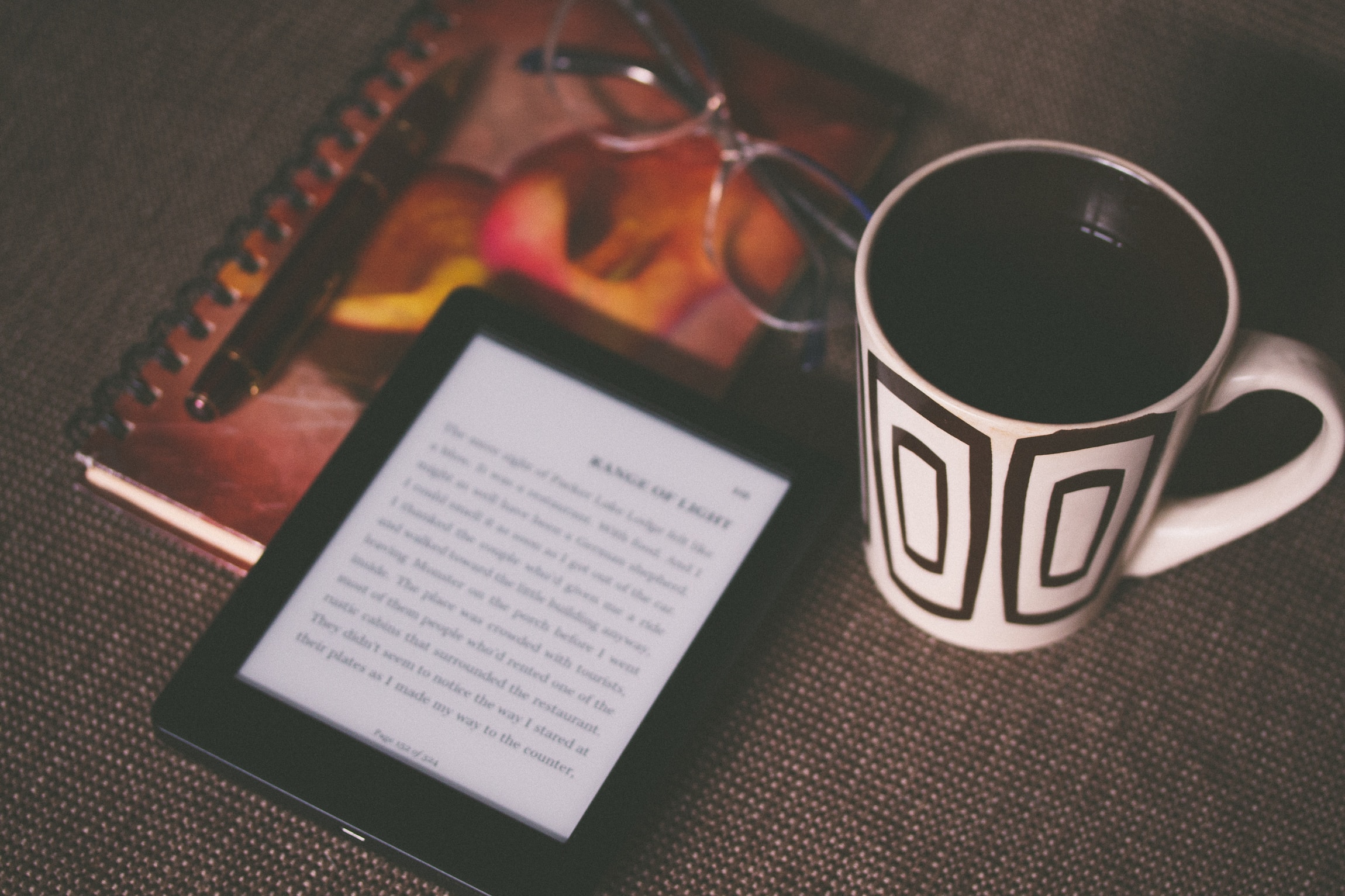
Technology has afforded many of us with different ways to receive our information. Many students make a decision between print and digital resources subconsciously every semester when picking up reading materials for their courses. Buying printed textbooks are becoming a luxury due to the fact that the prices are usually so high, but I believe that this puts students at a disadvantage.
Maggie Benson, a Georgia State neuroscience student, agrees.
“The platforms to get a digital textbook is not accessible to everyone,” Benson said. “With a physical textbook, you don’t need any technology to read it.”
The argument can be made that students can access their technology everywhere they go, but this may not be very beneficial in an academic sense. Your computer and cell phone are not just places for your textbook; they also have social media and internet access, as well as games and other widgets that can be a huge distraction when trying to study or do homework.
I can personally attest to countless scenarios where I had an important assignment to finish and kept getting distracted. What would have taken me an hour or two took me almost double the time just because I took too many breaks mindlessly scrolling through social media or checking out neverending notifications.
According to the journal Psychological Science, laptops in a classroom setting are often used for topics not related to class.
“Participants spent a median of 37 min per class browsing the Internet for non-class-related purposes with their laptops,” the journal reported. “They spent the most time using social media, followed by reading e-mail, shopping, watching videos, chatting, reading news, and playing games.”
In an academic setting, the need for concept retention and reading comprehension is vital in receiving good grades in class. You have to read to understand, not just for leisure.
A person reading off of a tablet or computer has been shown to not absorb as much information when tested on the material than someone who read the same material in print. In college, when we need the best chance possible at doing well, this is enough of a reason to find cheap print reading materials than rely on digital means alone.
When reading an online textbook, it is common that students have to read a sentence or paragraph multiple times before they feel as though they have a solid grasp on the concepts enough to move on. This causes more time being spent just skimming over the text and not actually understanding what you’re reading.
Similarly, given that most students spend long durations at a screen either on their computer or, more commonly, on their smartphones. Using digital devices to study on top of everything else is adding further eye strain and fatigue because of the light contrast and small texts.
A study illustrates the upsides of a conventional book (C-book).
“Reading the C-book caused less eye fatigue than reading the E-book,” according to the journal Displays. “This is due to the luminance contrast for the C-book was 1:8.39 and the contrast for the E-book was 1:2.90. A lower luminance contrast for the display of E-book may also contribute to a higher eye fatigue.”
Many students, including myself, have fallen victim to the convenience and sometimes much cheaper alternative that digital texts provide. Overall, I feel that reading off of digital texts for leisure is the better substitute. However, there is no denying that we, as students perform so much better in class by using print. Being that this is the reason we’re here, I think the trouble is worth the sacrifice.
